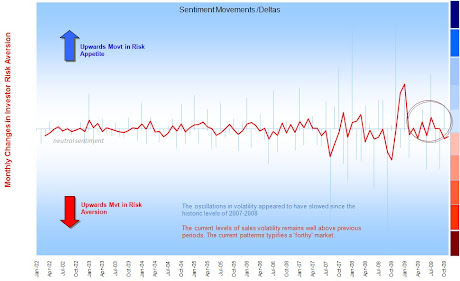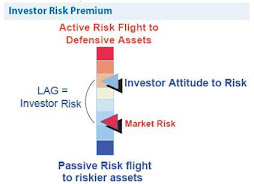http://timesbusiness.typepad.com/money_weblog/2009/06/mark-mobius-ten-top-investment-tips.html
'Dr Mark Mobius is one of the most experienced fund managers in the industry. He has been managing the Templeton Emerging Markets Investment Trust since its launch 20 years ago. In that time the value of an investment in the trust has multiplied more than eleven times.
Here Dr Mobius draws on his years of experience to offer ten investment tips to Money Central readers.'
1. Keep an eye on value
Is a share selling for below its book value? What is the relationship between the earnings and the price?
2. Don’t follow the herd
Many of the most successful investors are contrarian investors. Buy when others are selling and sell when others are buying.
3. Be patient
Rome was not built in a day and companies take time to grow to their full potential.
4. Dripfeed your money into the market
No one knows exactly where markets are going so dripfeed your money into the market by making regular investments. That way you will average out the ups and downs of the market.
5. Examine your own situation and your appetite for risk
You should not go into equities if you are the type of person who is nervous every time you read a stock market report.
6. Diversify your portfolio
You must never put all your eggs in one basket unless you have a lot of time to watch that basket - and most of us don’t.
7. Don’t listen to your friends or neighbours when it comes to investment decisions
Your own situation is different from everyone else’s so you should be making the decisions.
8. Don’t believe everything you read in newspapers, things tend to be exaggerated
Don’t be swayed by headlines and look at what is going on behind the scenes.
9. Go into emerging markets because that is where the growth is
Emerging markets have consistently grown much faster than the developed countries in virtually every year since 1988.
10. Look at countries where populations are young Countries with young populations are going to be the most productive in future years.




No comments:
Post a Comment
Note: only a member of this blog may post a comment.